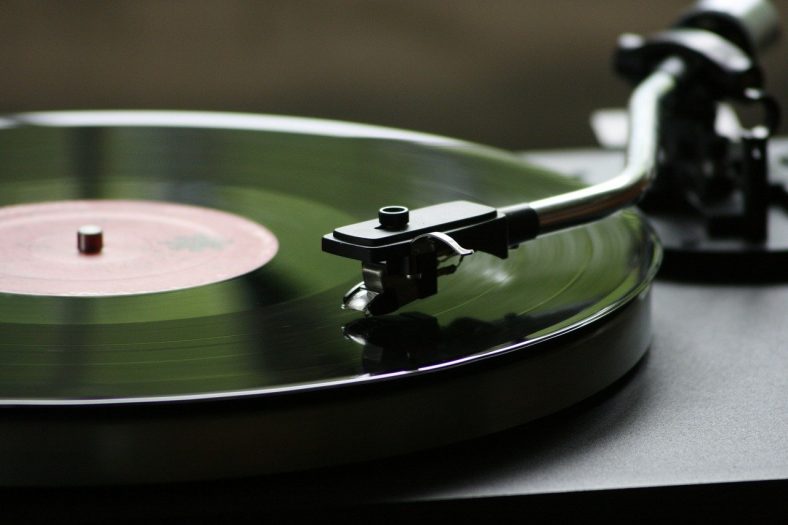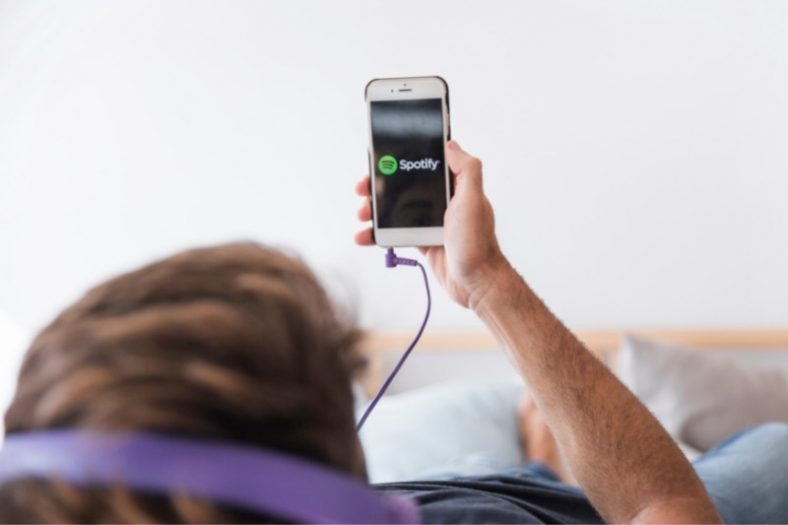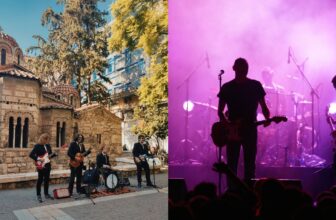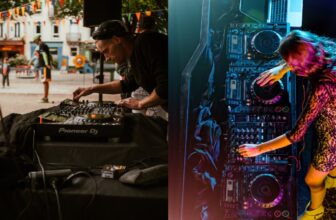Hidden Tracks (What Are They, What’s the Point of Them?)

A hidden track (or secret track) is a song placed on an album, EP, or single, which is recorded in such a way that the average listener would not notice them. A hidden track is often placed after a large gap of silence after the last song on the release.
Hidden tracks are not very commonplace these days due to the rise of music streaming and digital music downloads.
These are not to be confused with bonus tracks or ghost tracks, which we will explain later in the article.
Contents
What is the Point of Hidden Tracks?

Hidden tracks often served as a fun ‘easter egg’ for a band’s most dedicated fans. Fans would often feel that they have exclusive access to songs that most casual listeners would not hear.
However, not all fans like them, because they could be awkward to find. Listeners would have to manually move the needle on their vinyl record to a later part on the record, or press the fast-forward button on their CD or audio cassette tape.
Many bands like to place easter eggs within their records, whether they’re on the cover or in the records themselves, it’s a new and fun way of approaching the music while giving the fans something more.
One example that comes to mind is Imagine Dragons who often put hidden messages on their album cover for fans to find out.
Examples of Hidden Tracks
In the Beatles album Abbey Road, the track ‘Her Majesty‘ is played after 14 seconds of complete silence at the end of the original album.
This is recognized as one of the first hidden tracks in music recording history.
However, on the CD recording, this was classed as a separate track and was therefore effectively acted as a regular track on the album.
Yeah Yeah Yeahs – Fever to Tell – The song is found at 4:24 of the eleventh track Modern Romance of the album.
Radiohead – Pablo Honey – A clean version of “Creep” plays as track 13 on some editions of the album.
Beyoncé’s self-titled album includes two hidden tracks, including one at the beginning of the second track and one on the sixth track.
Hidden Tracks on Spotify and Streaming Services

The practice of hidden tracks is quite rare these days due to the rise of digital music downloads and streaming services.
Listeners are now generally consuming music on a track-per-track basis, as opposed to buying and listening to full albums. Therefore, the vast majority of listeners would consider hidden tracks as a bug or problem with the recording, as opposed to a fun inclusion in the release!
Hidden Tracks would cause problems for the listener if they were to add songs to playlists, which is a very common method that users now listen to music.
Bonus tracks vs Hidden Tracks
Bonus Tracks are songs that are included as an extra when buying an album or EP. These are often used as an incentive for a fan to buy a whole album, rather than buying individual tracks.
Bonus tracks are usually listed as tracks on the album, and there is generally no silence in between the tracks. Bonus tracks are meant to be listened to by all fans, whereas hidden tracks are like secret recordings that the average listener would not hear.
Bonus tracks are often included in the Japanese versions of albums in order to encourage Japanese fans to buy local releases of the products.
Hidden Tracks vs Ghost Tracks
Hidden Tracks are sometimes referred to as Ghost Tracks. However, Ghost tracks are more often used as a music production and songwriting term to refer to songs that are used as inspiration to create others.
Summary
Most bands stopped putting hidden tracks on their albums in the 2000s because digital music distribution doesn’t allow for it.
The recording industry has nowadays shifted to streaming services instead of physical releases, which is why you won’t find many hidden tracks on Spotify. With the rise of digital downloads and streaming services, listeners are buying individual songs instead of entire albums.
Therefore, hidden tracks are no longer as common as they were in the 70s and 80s.Having a song placed after 2 minutes of silence is quite counter-intuitive to the current streaming industry.





